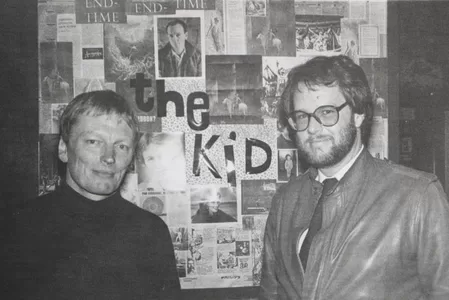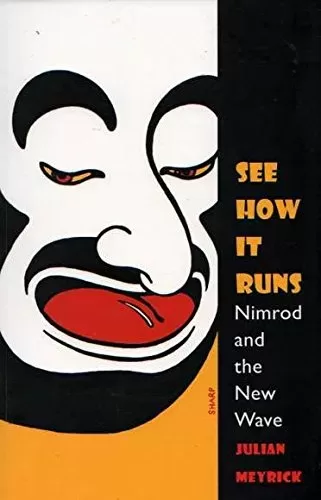The Nimrod Theatre Company, colloquially referred to as The Nimrod, was an influential Australian theater company situated in Sydney, New South Wales.
It was established in 1970 by esteemed Australian actors John Bell, Richard Wherrett, and Ken Horler, with a primary focus on showcasing outstanding new Australian drama. Initially headquartered on Nimrod Street in Kings Cross, occupying the building that currently houses the Griffin Theatre Company.
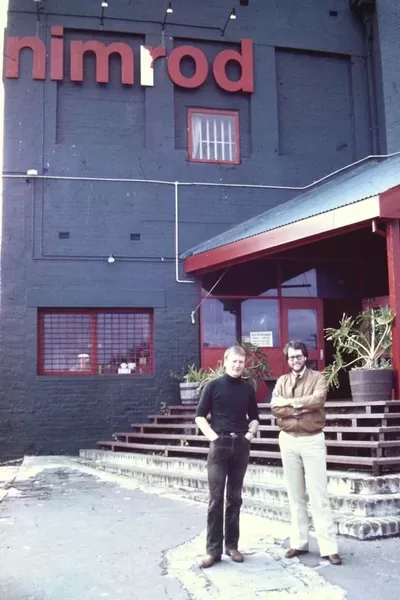

Nimrod was founded with the mission of showcasing exceptional new Australian dramas, as well as bringing to the forefront English, European, and American plays that had been overlooked in the Australian theatrical landscape until that time.
In 1974, the company relocated to Belvoir Street in Surry Hills, Sydney, while retaining its original name.
During the years 1981-1988, it also staged productions in the Seymour Centre theatres, ultimately ceasing its operations in 1988.
The Surry Hills venue became renowned as the Belvoir St Theatre.
Julian Meyrick writes in his book, See How It Runs: Nimrod and the New Wave that there was no greater contribution between 1970 and 1985 to Australian theatre than that of Sydney’s Nimrod Theatre Company.
There wouldn’t be Belvoir Street Company B and the Bell Shakespeare Company if it wasn’t for the Nimrod Theatre Company.
SEE HOW IT RUNS: Nimrod and the New Wave
By Julian Meyrick
Nimrod Theatre was led by some of Australia’s finest stage directors: John Bell and Richard Wherrett, then later Aubrey Mellor and Neil Armfield.
Nimrod launched the careers of playwrights: Ron Blair, Alma De Groen, Nick Enright, Alex Buzo, Steve Spears, Louis Nowra and Michael Gow, and lifted others like David Williamson and Stephen Sewell to national prominence.
Nimrod’s legacy was producing plays which are now Australian classics: David Williamson’s The Club and Travelling North, Louis Nowra’s Inside the Island, Stephen Sewell’s Welcome the Bright World, Enright’s and Terry Clarke’s The Venetian Twins, Ron Blair’s The Christian Brothers and Steve J. Spears’s The Elocution of Benjamin Franklin.
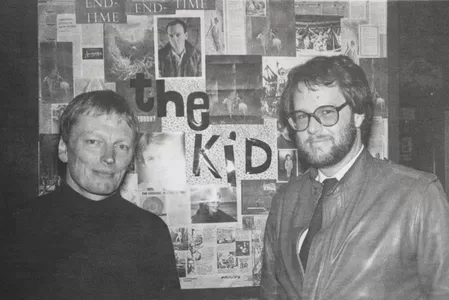

Nimrod was led by professionals who knew how to put on a show. It was all about “bums on seats”, John Bell told this reporter.
Nimrod became successful not just because of the artistic brilliance of Bell, Wherrett and their fellow thespians. Competent arts administrators Ken Horler, Lillian Horler, John Mostyn, and Michael Donovan ran Nimrod successfully.
The chapters in See How It Runs: Nimrod and the New Wave about the financial side of the business should be required reading for anyone trying to set up a performing arts company in Australia.
Meyrick says that when the the Old Tote closed in 1978, then NSW premier Neville Wran acted swiftly to form the Sydney Theatre Company (STC) a month later. Donald McDonald, who later became chair of the ABC was general manager. Both John Bell and his business partner Richard Wherrett applied to become artistic director. Wherrett got the job.
Nimrod was doomed from the day the state-sponsored STC was announced.
Artistically, Nimrod rode the “New Wave” of interest in Australian characters and stories. Financially, Nimrod Theatre ran in direct competition with the flagship Sydney Theatre Company which ultimately led to Nimrod closing and then reinventing itself as Bell Shakespeare Company.
After STC started, Nimrod began hiring high profile stars, paying them good money which alienated their loyal workers who had worked on minimum salaries in exchange for workers’ democracy.
Nimrod tried to go upmarket by leaving the theatre in Belvoir Street, which it had bought for a dollar, for the expensive Seymour Centre in Sydney.
Nimrod made its debut at the Seymour Centre in April 1979, with a notable performance of “Romeo and Juliet.” This production, featuring the talents of Simon Burke, Mel Gibson, and Angela Punch McGregor, arrived in Sydney following a triumphant stint at the Perth Festival.
In 1980, Nimrod introduced a set of plays directed by Peter Brook, freshly arrived from the Adelaide Festival, to the Seymour Centre. In 1981 and 1982, the company staged productions such as “Candide,” “The Venetian Twins,” and the Australian classic “A Hard God” by Peter Kenna, all held in our York Theatre.
In the spring of 1984, Nimrod established its residency at the Seymour Centre, marking the beginning of a memorable era. Their inaugural production in this new home featured the renowned Judy Davis and Colin Friels in the compelling performance of “King Lear.”
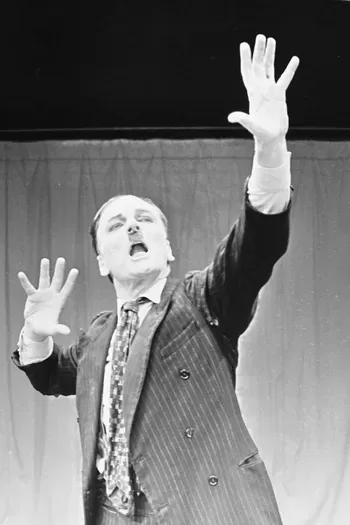

The company then showcased works by some of history’s most celebrated playwrights. In their 1985 repertoire, they included George Bernard Shaw’s “Arms and the Man” and Bertolt Brecht’s “The Resistible Rise of Arturo Ui.”
In 1986 and 1987, they staged Shakespeare’s “The Winter’s Tale” and “All’s Well That Ends Well.”
The company’s talents extended well beyond the realm of classic theater. In 1985, they introduced the Sydney audience to the contemporary work “Cheapside” by British-Australian writer David Allen.
In 1987, they delivered a thought-provoking production of “Les Liaisons Dangereuses,” featuring acclaimed actors Hugo Weaving and Melita Jurisic.
In 1987, Nimrod presented the Australian premiere of Manuel Puig’s “Kiss of the Spiderwoman” and introduced Louis Nowra’s highly-regarded Australian drama “The Golden Age.”
In the end, it was a matter of two big theatre companies competing in one town, and the funding bodies had to to stop funding one of them.
The National Library of Australia has programs and related material collected by Nimrod Theatre Company.
Related stories
National Institute of Dramatic Art (NIDA)
Kathy Lette, Gabrielle Carey and Puberty Blues
Jesus Christ Superstar Australian Cast – Theatre Photography
Performance art or exhibitionism? Artist arrested in Paris
Where is Marina Finlay now Portrait of an Artist
Kenneth Radley Is One Of Those Australian Actors …

